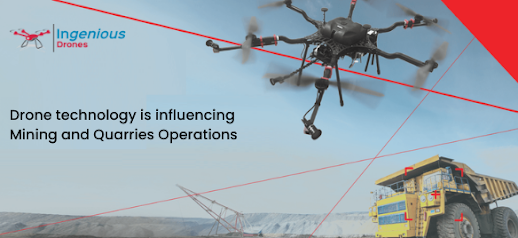The Role of Drones in Wildlife Conservation and Research
Drones are transforming wildlife conservation and research by providing innovative solutions to long-standing challenges. These unmanned aerial vehicles (UAVs) offer a non-intrusive way to monitor and protect wildlife, delivering unprecedented insights into animal behavior and ecosystem dynamics.
Monitoring Wildlife Populations:
One of the primary applications of drones in wildlife conservation is monitoring animal populations. Traditional methods often involve expensive and time-consuming ground surveys or manned aircraft, which can disturb the animals. Drones, however, can cover large areas quickly and quietly, capturing high-resolution images and videos without causing stress to the wildlife. This allows researchers to gather accurate data on population sizes, distribution, and health.
Tracking Animal Movements:
Drones equipped with GPS and thermal imaging cameras are used to track the movements of animals, especially in challenging terrains where ground-based tracking is difficult. This technology is particularly useful for studying migratory patterns, habitat use, and social behaviors. By understanding these patterns, conservationists can implement more effective protection strategies.
Habitat Mapping and Assessment:
Drones provide detailed aerial maps of habitats, helping researchers assess the health and extent of ecosystems. These maps can identify areas affected by deforestation, climate change, or human encroachment. By monitoring these changes over time, conservationists can develop targeted interventions to preserve critical habitats and restore degraded areas.
Anti-Poaching Efforts:
Drones play a crucial role in anti-poaching efforts by conducting surveillance in remote and inaccessible areas. Equipped with night vision and thermal cameras, drones can detect and track poachers in real-time, enabling rapid response from law enforcement agencies. This has significantly enhanced the effectiveness of anti-poaching operations, helping to protect endangered species from illegal hunting.
Collecting Research Data:
In addition to conservation, drones are invaluable tools for scientific research. They can collect samples from hard-to-reach places, such as tree canopies or steep cliffs, and monitor environmental parameters like temperature, humidity, and pollution levels. This data is essential for understanding the intricate relationships between species and their habitats.
Conclusion
In conclusion, drones have become indispensable tools in wildlife conservation and research. Their ability to provide real-time, accurate data with minimal disturbance to the animals makes them ideal for protecting and studying our planet’s biodiversity. As drone technology continues to advance, its applications in conservation will undoubtedly expand, offering new hope for endangered species and threatened ecosystems.
For more insights into drone technology and its applications, visit Ingenious Drones.
Read More : Aerial Photography For Agriculture Intelligence.
Visit Us : drone sports photography.
Contact Us : Dallas drone services.



Comments
Post a Comment